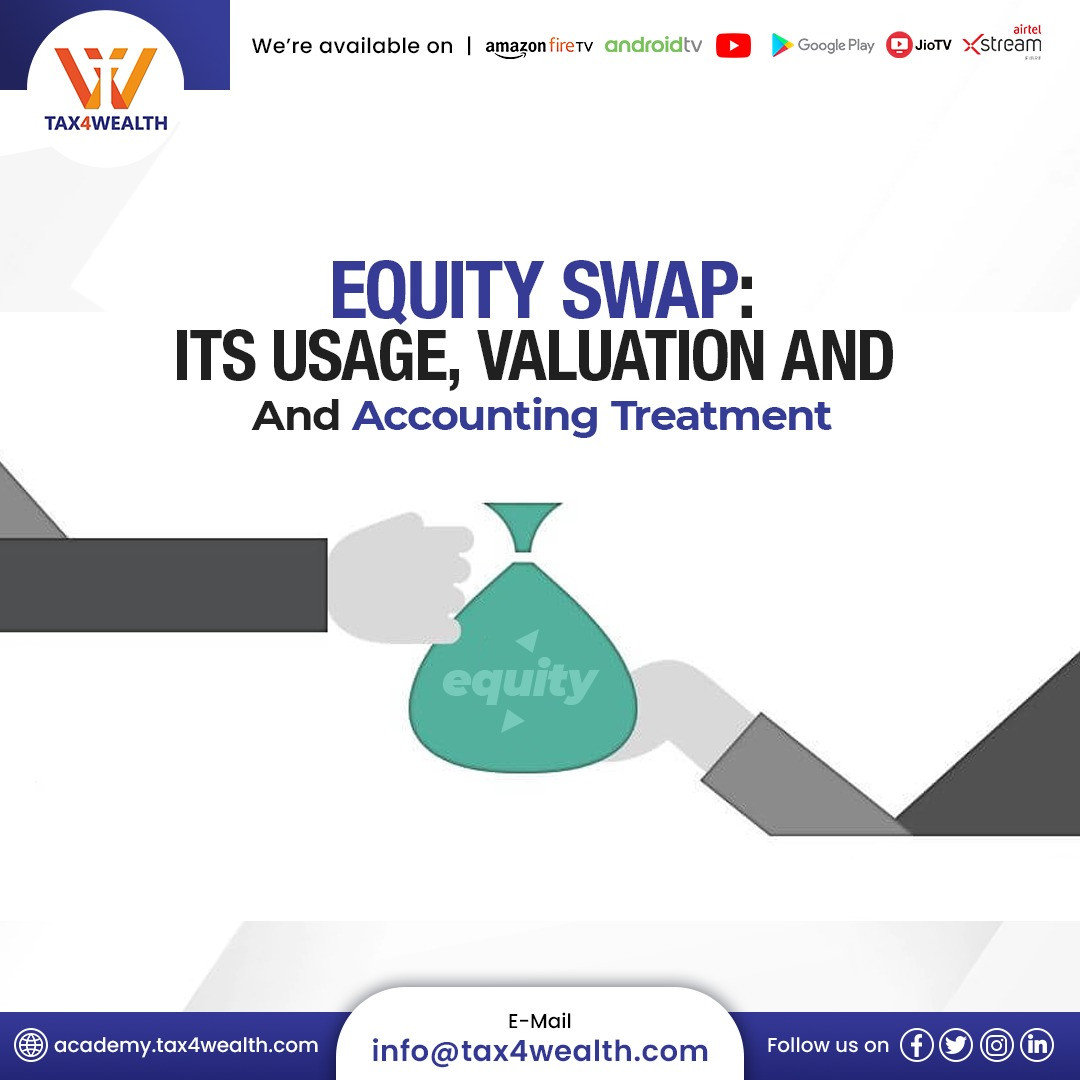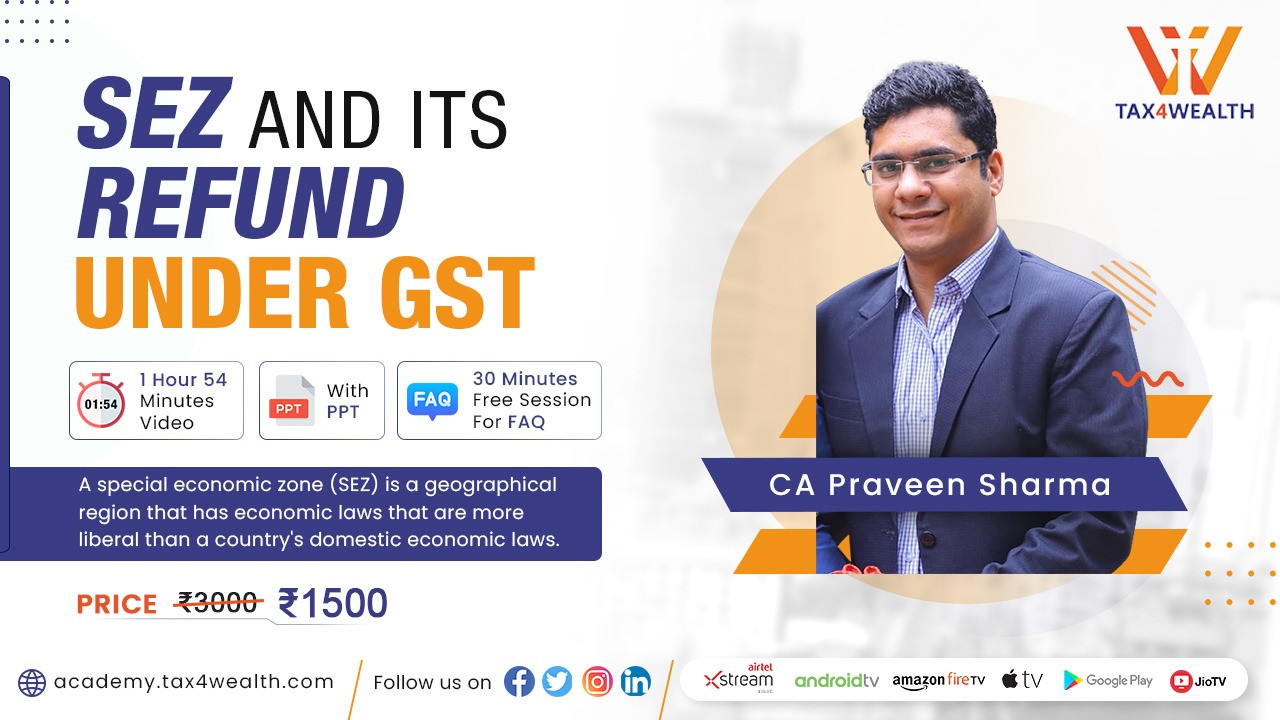
Best Investment Plan with a High Return in India
There is no question that there are many possibilities available when looking for the best investment plan with high returns in India. But we are still left with one question. Exists a financial product that can strike a balance between rewards and risk?
The top 10 Indian best Investment Plans with the Highest Returns in 2022. To understand more about investment ideas in India, read the entire blog.
We are all aware that risk carries a correspondingly bigger reward. However, it becomes challenging to identify an investing strategy that may deliver significant returns at little risk. In this post, we discuss the top high-return investment possibilities for your requirements.
The Top 10 Investment Plans in India that Will Produce the Highest Returns:
The top 10 investing strategies with good returns are shown below:
1. Bank Fixed Deposits:
These investments are based on a fixed income and offer a fixed interest rate for the duration of the investment. One of the most well-liked conventional investing alternatives is fixed deposits. Market risk is absent from these results. An FD's duration might be anywhere from seven days to ten years. The interest rates on FDs are not as lucrative as other fixed-income investing choices like P2P lending, despite their flexibility and low risk.
2. Equity Mutual Funds:
These mutual funds are equity-based and exclusively invest in equity shares. In India, mutual funds are the most widely used the best investment plan with high-return strategy. Market alterations have an impact on mutual fund results. They are hence among the riskiest investing choices. The potential rewards make them a desirable investment option despite the significant risk.
3. Equity Share:
A shareholder's interest in the business is represented by an equity share. It is a partial owner of the firm in which the investor has a stake. Equity shares have the potential to generate exceptional returns for those looking for a long-term investment alternative. However, one must remember that the volatility of the market has an impact on the price of equity shares, making them quite dangerous. Before investing your hard-earned money in direct equities, do a thorough study and comprehend the market dynamics.
4. National Pension Scheme:
A government-backed pension plan called the National Pension Scheme seeks to give you stability once you retire. It is a type of fixed-income investment. The fund makes investments in a variety of securities, including bonds, debt, and stock. After turning 60, the investor begins receiving a set sum each month. In contrast to other pension plans, NPS does not place a cap on the amount of investment that can be made. As a result, NPS returns are significantly greater than those of other pension plans.
5. Public Provident Fund:
You can deposit up to INR 1,50,000 annually into the another best investment plan that is PPF investment to get a guaranteed income in the future. A bank or post office can help you start this tax-free investing option. The lock-in term is 15 years, and the returns are not as attractive as those offered by other investment plans, even though it is a safe and low-risk investment choice. The current PPF interest rates of 7.6% barely cover inflation, which is expected to be about 7%. However, they are insufficient for someone who wishes to accumulate money over time.
6. Real Estate:
Buying a commercial, residential, or industrial property to rent it out or sell it is known as a real estate investment. Real estate investing may produce very significant profits over an extended period. The initial investment amount is rather large, even though it is a low-risk investing choice. A sizable number of money will be needed for the acquisition of a property. Real estate assets are also not very liquid and might be difficult to sell.
7. Gold ETFs:
Exchange-traded funds (ETFs) for gold enable investors to purchase gold without needing to purchase actual assets. The cost of actual gold sets the price of gold exchange-traded funds (ETFs). In contrast to actual gold pieces, gold ETFs are very liquid and have the potential to generate substantial profits. But you should also be aware that market volatility has an impact on gold ETF prices, making them riskier investments.
8. ULIPs:
Unit Linked Insurance Plans, or ULIPs, are hybrid investment vehicles that serve as both insurance and mutual fund investments. A premium must be paid by the investor, with a portion going toward providing insurance coverage and the remainder going into other financial products like stocks and bonds. These have 3–5-year lock-in periods and are suitable long-term investment possibilities. Additionally, the money received at maturity is tax-free.
9. Debt Mutual Funds:
Bonds, commercial papers, treasury bills, and other money market instruments are among the fixed-income securities that debt mutual funds invest in. These are high-return monthly investing programs. Debt mutual funds may be your best choice if you're seeking for an investment choice that offers you a reliable source of income. The returns on debt mutual funds are, however, lower than those of other fixed-income assets, such as peer-to-peer lending.
10. Peer to Peer Lending:
P2P lending is an alternative investment strategy that enables individuals to lend money directly to one another using fintech platforms without the need for middlemen like banks. P2P investments are debt-based and unaffected by market volatility, in contrast to equity investments that are subject to market risk. High gains are offered at a little risk. P2P lending offers much higher returns than conventional fixed-income investments.
3 Best Investment Options with High Returns:
For the next five years, you can invest in any of the three high-return best investment plans we've described below.
1. P2P:
Finding an investment choice with better returns while also carrying little risk is the main objective of the majority of investors. Peer-to-peer lending is the way to go if you share the same objective.
Through internet markets, P2P lending enables the investor to provide direct financial assistance to borrowers. P2P investing is a very accessible kind of investing due to its digitization. P2P investments need less compliance and provide investors with larger profits because they do not require intermediaries like banks. Most of the interest revenue is distributed to investors due to minimal operating costs.
Periodically, interest is paid to the investor on their investment. The returns on P2P investments, in contrast to equities shares and mutual funds, are unaffected by market volatility. It lessens the possibility of repayment failure. Additionally, P2P investments offer better returns than conventional fixed-income assets like FDs and PPFs do.
P2P websites provide real-time processing of loans via technology, in contrast to traditional banks which may take up to weeks. The procedure is accelerated and the number of documents required is decreased by the existence of an online marketplace.
2. Fixed Deposits (FD):
Bank fixed deposits are infamous for offering little returns at extremely minimal risk. FDs are typically safe and unaffected by market changes. FDs provide set rates of interest and a variable duration that can vary from 7 days to 10 years. Depending on the kind of FD chosen, returns can be paid monthly or reinvested after maturity.
With FDs, the investor has the option to decide whether they would choose to reinvest the money upon maturity or receive monthly interest payments. FDs might be a wise choice if you're looking to build wealth or have a reliable income source.
For decades, FDs have been the best investment for middle-class families. FD yields, while the safest choice, fall short of beating yearly inflation, which is now projected to be about 7% while FD returns are just 4-5%.
3. Debt Mutual Funds:
Debt mutual funds are those mutual funds that solely invest in debt securities, as was previously stated. In other words, the mutual funds that invest in the stock market and fixed-income securities such as FDs, bonds, commercial papers, and other securities.
The combined returns on all the instruments a debt mutual fund invests in make up the returns on the debt mutual funds. These mutual funds may be the best choice for you if you have a very low-risk tolerance because the returns are free from market risk.
Even though debt mutual funds are quite safe, the prospective returns are insufficient to keep up with inflation. The returns are also lower than the interest paid by P2P investments, although being greater than a typical savings bank rate.
Also read; Vast GST system needs trained tax professionals with practical skill
Factors to Take into Account When Selecting the Best Investment Plan in India:
The optimal investing strategy depends on personal tastes, regardless of the available possibilities or the benefits and drawbacks of any investment option. The key elements to take into account when selecting your the best investment plan are listed below.
1. Investment Objective:
Every investor makes investments to achieve a goal. Why do you want to invest, you could ask. It may be something particular, like saving for a home or making retirement plans, or it might be something broad, like building up your wealth. Knowing your investment goal will make it simple to determine how much you hope to make when your investment reaches maturity. This will further assist you in determining the best investment choice.
2. Return on Investment:
The return you anticipate receiving on your investment is the next item you must decide on. Imagine you want to buy a house in ten years and you have a budget of 60 lakhs. You have 40 lakhs that you want to invest right now. Your return on investment in this scenario is 20 lakhs. Knowing this sum will assist you in selecting for yourself the greatest investment opportunities with high returns.
3. Investment Horizon:
The time frame over which you intend to invest your money is referred to as the investment horizon. You must choose the period for which you may invest your money based on your investment goal and the expected return. In the case above, the investor's investment horizon is 10 years since he plans to purchase a home in that time.
4. Risk Tolerance:
The amount of money you are prepared to lose to receive the desired return is referred to as your risk tolerance. It's critical to note at this point that risk and return in finance are inversely proportional. Simply put, the return increases with risk and vice versa. You can choose high-risk assets like stock shares if you have a high-risk tolerance. No matter how risk-tolerant you are, P2P investing is your best option.
Best Investment Strategies in India:
It is time to determine the investment strategy that works best for you after you have determined the plan that is ideal for you. Here are a few well-liked investing methods:
1. Income Investing:
People who wish to create a steady source of income and have a low-risk tolerance adopt the income investing technique. The investor chooses the assets and investing tools that can produce a monthly income using this technique. Fixed deposits, peer-to-peer lending, property rental income, bonds, etc. are some notable examples.
2. Growth Investing:
A growth investing approach is keeping an eye out for businesses that haven't taken off yet but have the potential to expand financially and invest in them before they do.
The goal the best investment plan is to make stockholders richer. Investors put money into start-ups and small firms that are expected to expand faster than their rivals shortly. This is a fantastic long-term investment approach.
3. Value Investing:
Value investors look for stocks that they think are inexpensive and utilize this method to find those stocks. To put it another way, they invest in stocks whose market value does not correspond to their intrinsic worth. They think that over time, these inexpensive companies might provide spectacular profits.
People with a slow development attitude and the patience to keep an investment for a long time are best suited for this sort of approach. Before you decide to use the value investing technique, keep in mind that certain companies may take years to produce the necessary earnings.
4. Rupee – Cost Averaging:
Rupee-cost averaging is a strategy in which the investor makes a certain investment into the market each month. Even the most seasoned investors have difficulty predicting when to buy and sell an investment. Using this method, you may eliminate the challenge of determining the ideal entry and exit times. You may profit from both low and high prices if you make regular investments. Additionally, it lowers the typical cost per share of your assets, increasing profits.
To read our valuable discussion:
Related News
No comments yet, Be the first to comment.













